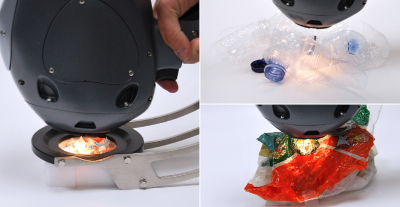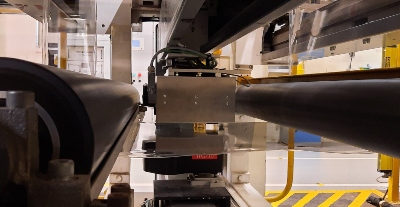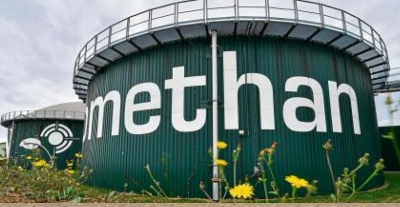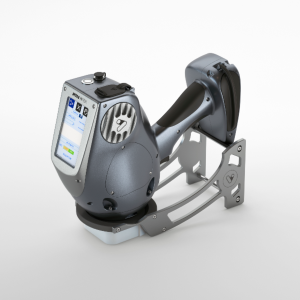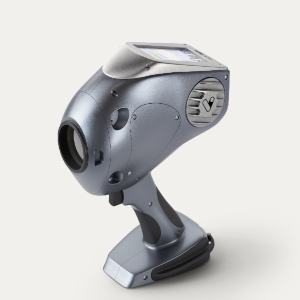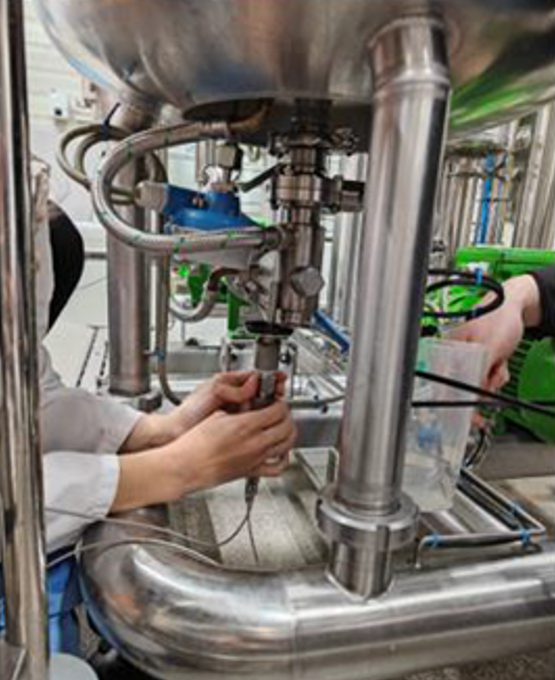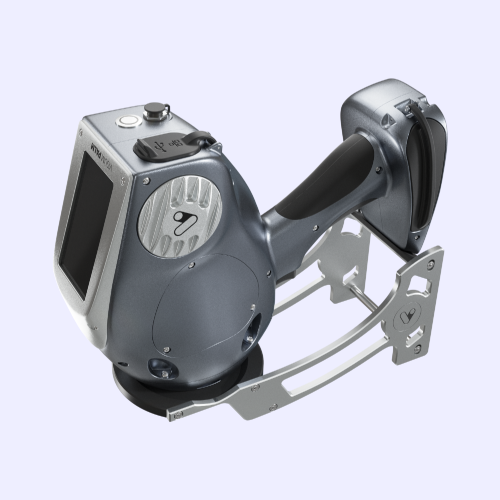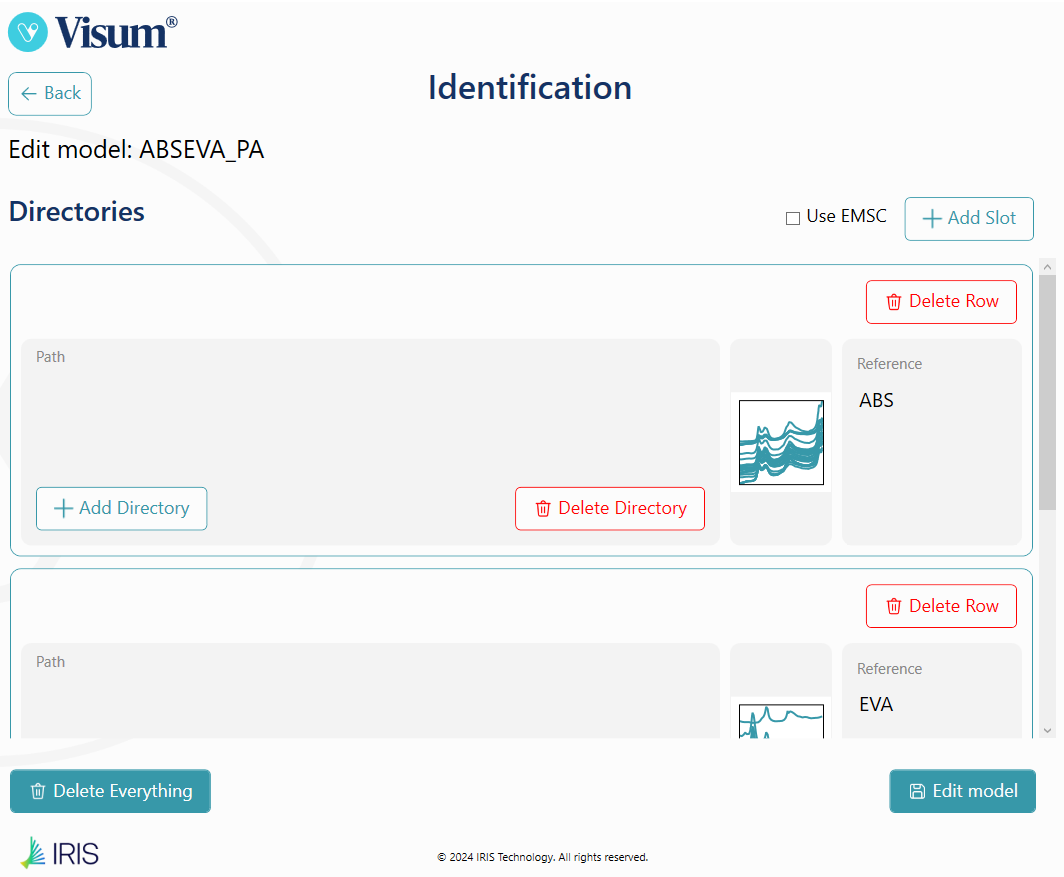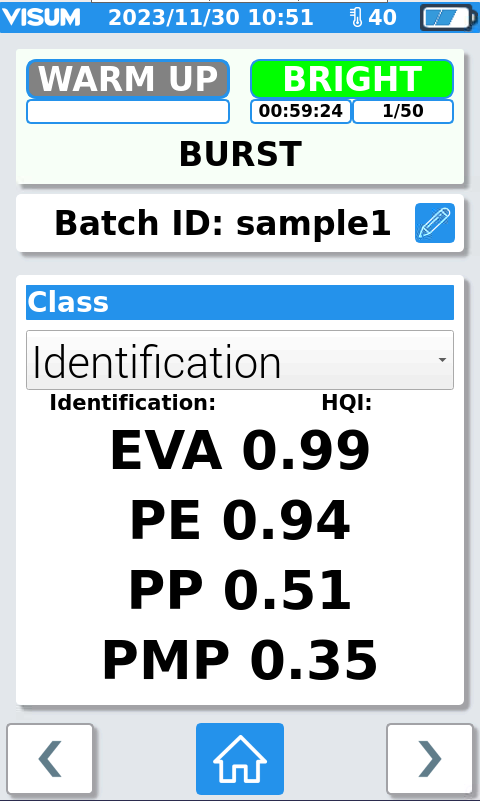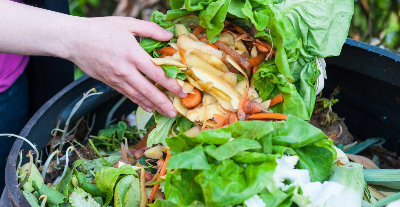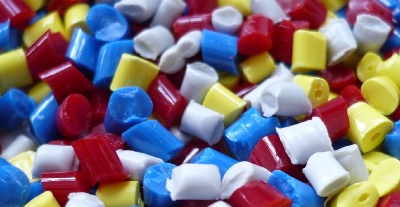
 Spettroscopia Raman nel processo di diafiltrazione dei liposomi
Spettroscopia Raman nel processo di diafiltrazione dei liposomi
 IRIS Technology: Leading the Way in Material Detection with Hyperspectral Imaging for RECLAIM project
IRIS Technology: Leading the Way in Material Detection with Hyperspectral Imaging for RECLAIM project

Analisi delle materie prime: identificazione (RMID), verifica e classificazione
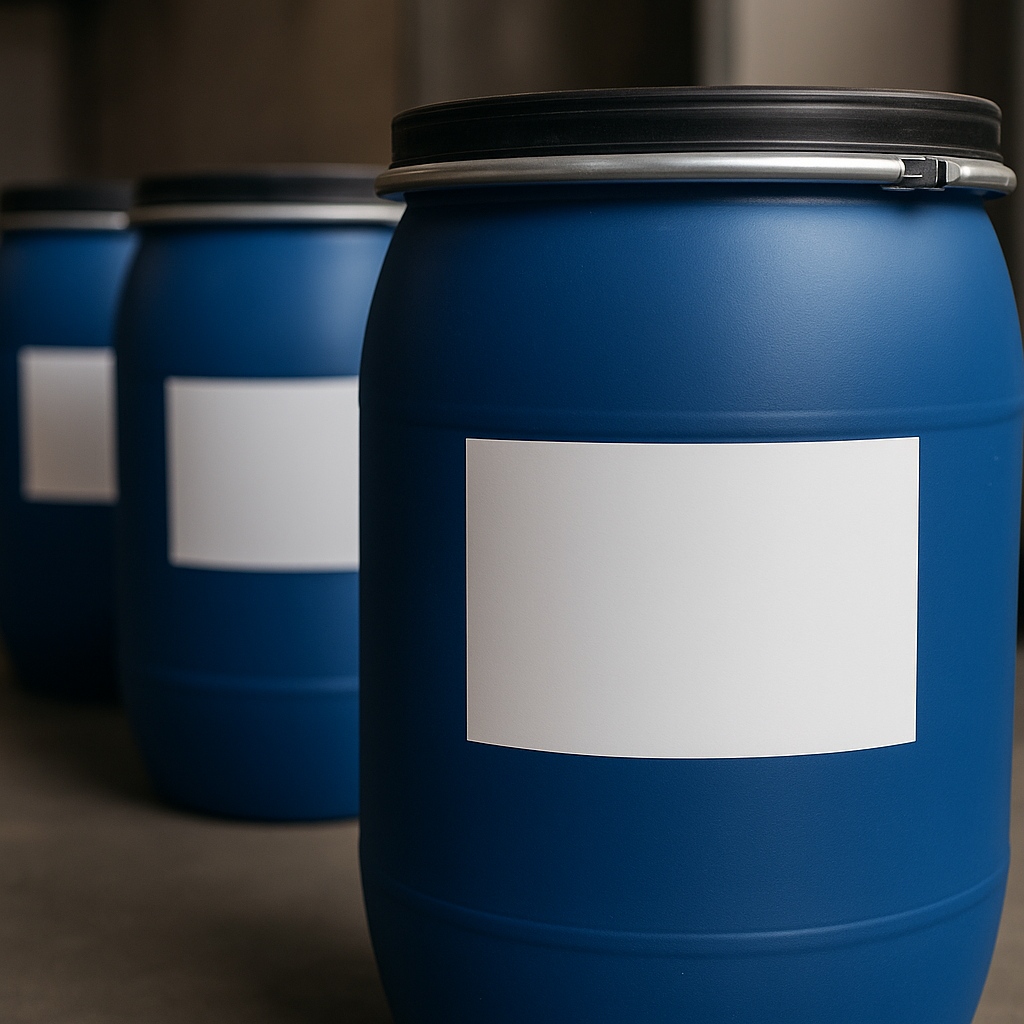
Analisi delle materie prime con Visum Palm GxP™
L’analisi delle materie prime tramite identificazione (RMID) è un processo fondamentale nell’industria farmaceutica, in quanto garantisce l’identità e la qualità di tutti i materiali e sostanze utilizzati nel processo di produzione.
Un modo pratico ed efficiente per eseguire l’analisi delle materie prime e confermare l’identità di tutte le sostanze è utilizzare il dispositivo portatile NIR Visum Palm GxP™.
Questo strumento permette di effettuare l’analisi delle materie prime direttamente in magazzino, ottenendo i risultati in meno di tre secondi, riducendo così il carico di lavoro dei laboratori e i tempi di produzione.
Nessuna tecnologia da sola può offrire una soluzione universale per l’intera lista di materiali di un produttore.
La tecnologia NIR è particolarmente efficace nell’identificazione di composti organici, ma può essere applicata anche ad alcuni composti inorganici in condizioni specifiche, come materiali igroscopici, idrati o soluzioni acquose.
La spettroscopia Raman, invece, presenta delle limitazioni:
-
Composti organici che mostrano fluorescenza (ad esempio coloranti o alcuni API).
-
Sostanze con segnali Raman molto deboli.
-
Composti ionici inorganici puri come NaCl, KCl o HCl.



Perché Visum Palm GxP™ per l'analisi delle materie prime?
-
È un analizzatore autonomo che non richiede collegamenti a dispositivi esterni (smartphone, tablet o PC).
-
Funziona sia come dispositivo portatile sia come strumento da banco.
-
È utile sia per l’identificazione sia per lo sviluppo di metodi quantitativi nell’analisi delle materie prime.
-
L’area di misurazione del campione è di 10 mm e l’area di illuminazione è di 50 mm, consentendo di raccogliere più informazioni chimiche e ridurre le eterogeneità.
-
Ha una risoluzione spettrale di 5 nm e 256 pixel, offrendo la più alta risoluzione nella categoria degli analizzatori portatili.
Figura 1: Modalità da banco con Visum Palm GxP™, consente il collegamento di supporti per campioni in polvere, solidi e liquidi.
Conformità completa a CFR e GMP:
-
Ruoli utente definiti: Analista, Supervisore e User Manager, con utenti illimitati.
-
Impostazioni di scadenza della password configurabili secondo le politiche di sicurezza.
-
Registrazione di Audit Trail in file binario criptato, inclusi i risultati.
-
Firma elettronica a due livelli (Analista e Supervisore).
-
Impostazioni di data e ora conformi ai requisiti CFR.
-
Backup e ripristino sicuro del sistema.
-
Protocolli IQ e OQ conformi a USP <1119>, PE 2.2.40, GMP e GAMP 5.
Modalità di analisi con Visum Palm GxP™
Il Visum Palm GxP™ consente un’identificazione o una verifica rapida di vari composti solidi, granulari, in polvere o liquidi.
Funziona confrontando lo spettro acquisito con gli spettri di riferimento presenti nella sua libreria.
Il confronto avviene tramite un indice matematico di somiglianza (HQI).
Come risultato dell’analisi delle materie prime, il dispositivo fornisce la sostanza più simile (vedi Figura 3) e un elenco ordinato di altre possibili corrispondenze.
A differenza della semplice identificazione, la modalità di verifica (Figura 4) permette di selezionare una sostanza specifica dalla libreria per confermarne l’identità.
Il risultato sarà PASS o FAIL. In caso di FAIL, viene anche suggerita la sostanza più simile trovata.
Main screens Visum Palm™

Figura 2: Menu principale Figura 3: Analisi di identificazione Figura 4: Analisi di verifica, PASS e FAIL con conferma della sostanza corretta.
Analisi di classificazione – Analisi delle materie prime
Diversamente dall’identificazione, la classificazione nell’analisi delle materie prime (Figura 5) permette di distinguere differenze spettrali molto sottili, come la dimensione delle particelle o la concentrazione di un analita, anche all’interno dello stesso API o eccipiente.
È una funzione utile per individuare anomalie nelle materie prime o per confermare risultati dubbi.
In ogni analisi viene inoltre salvato lo spettro della sostanza analizzata (Figura 6).

Figura 5: Classificazione dell’analisi delle materie prime Figura 6: Spettro di ciascuna misurazione
Crea librerie personalizzate con il software Visum Master™ – Analisi delle materie prime
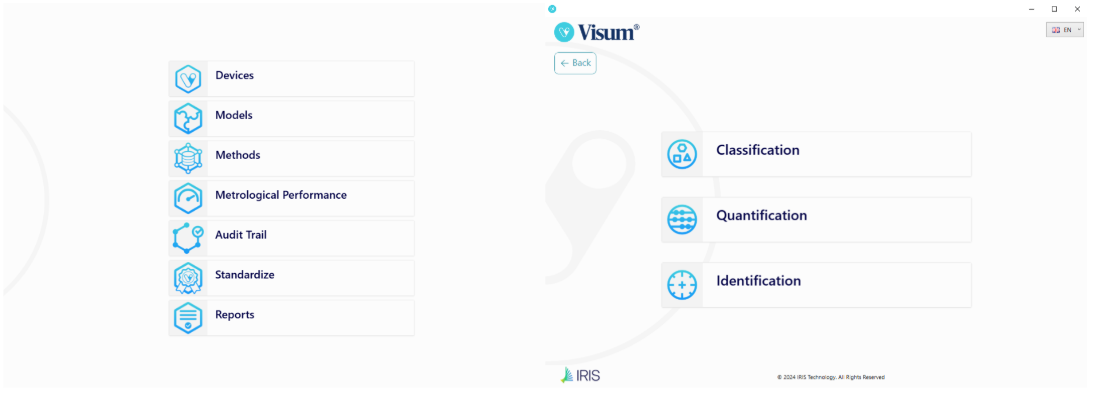
Figura 7: Visum Master™ – Menu principale Figura 8: Visum Master™ – Sviluppo da zero di una libreria o di un metodo per l’analisi delle materie prime

Figura 9: Inserire gli spettri e il riferimento per creare il modello.
Il Visum Palm GxP™ è l’unico analizzatore NIR portatile che consente agli utenti finali di creare facilmente e automaticamente librerie personalizzate per l’analisi delle materie prime, la classificazione o anche per test quantitativi, senza necessità di software complessi o conoscenze avanzate di chimiometria.
È sufficiente importare gli spettri delle campioni di addestramento e i loro valori di riferimento.
Il software genera automaticamente la libreria o il metodo, insieme a un report tecnico con tutti i dettagli sulla costruzione del modello e le metriche chiave.
Questo report segue le raccomandazioni dell’ICH Q2(R2) “Validation of Analytical Procedures – Scientific Guideline”, ed è idoneo sia per la validazione interna che esterna.




